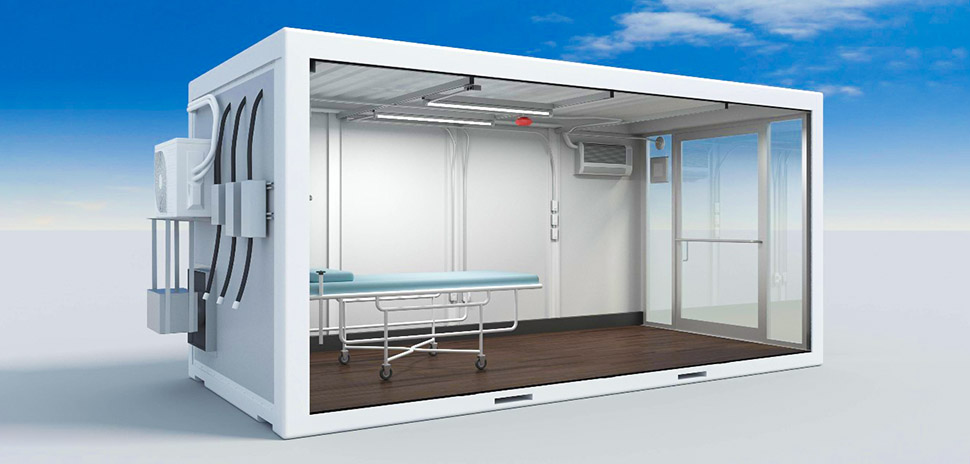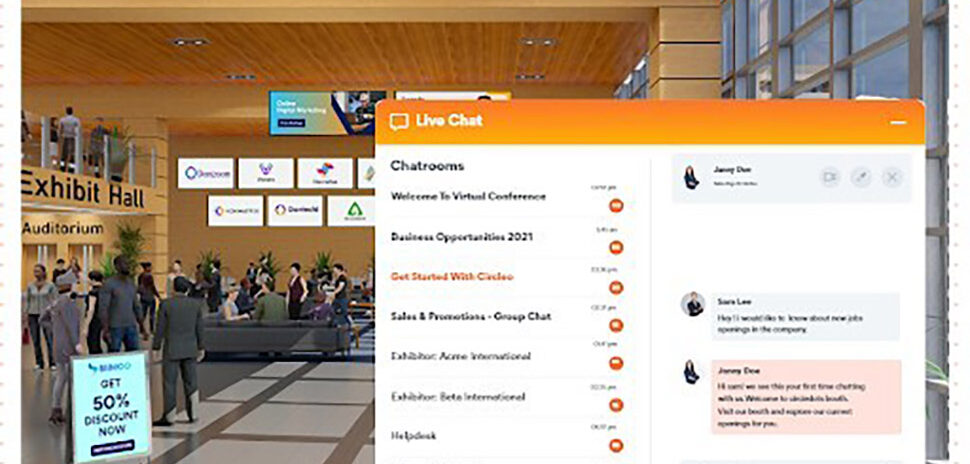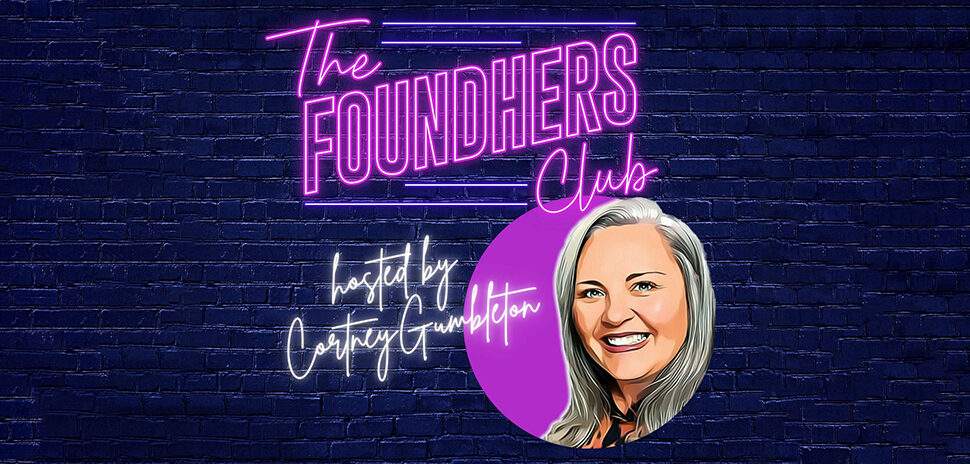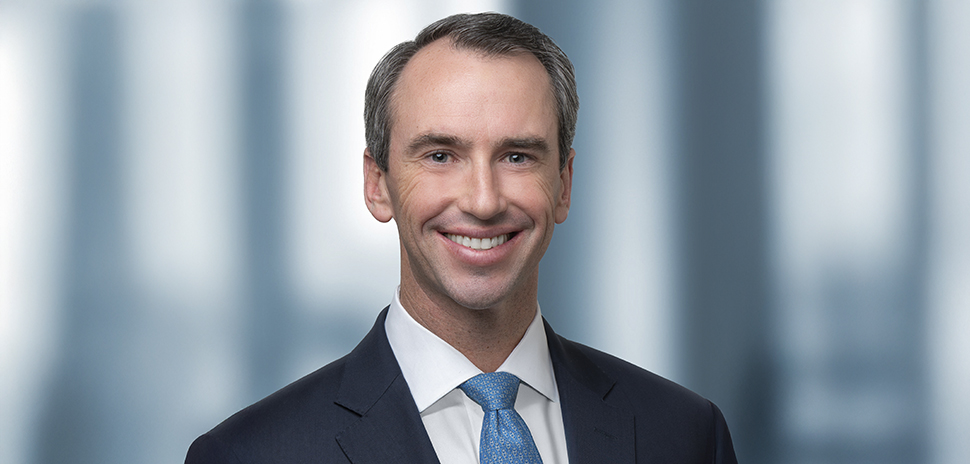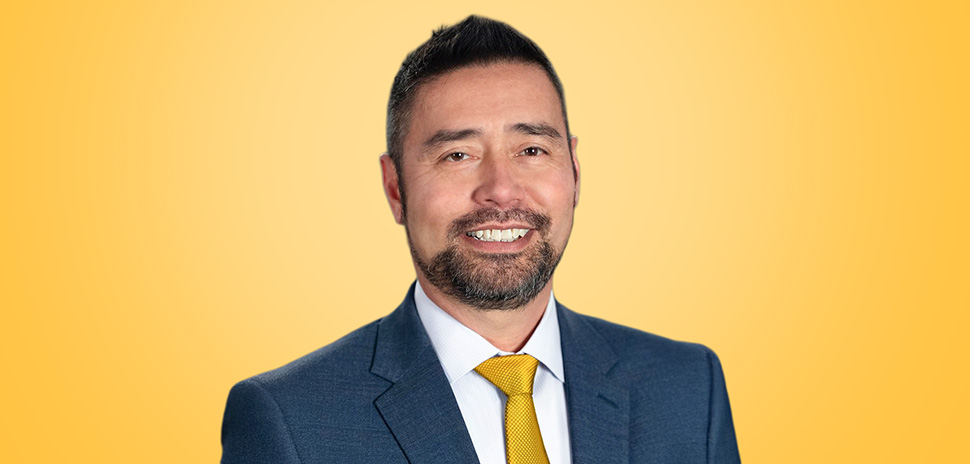With COVID-19 hospitalizations in Dallas-Fort Worth on the rise again, experts are finding ways to rapidly expand hospital capacity now and learning how to better design healthcare facilities for the future.
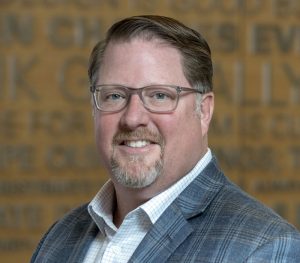
Dallas-based Jim Henry, who has more than two decades of architecture experience, leads the CRTKL’s global healthcare practice.
One local expert, Jim Henry, a senior vice president at CallisonRTKL, leads the global firm’s COVID-19 recovery efforts out of Dallas. Henry earlier this year said the firm began work with infrastructure firm Patriot on a design-build project for the U.S. Army Corps of Engineers that repurposes PODS (Portable On Demand Storage) units into self-contained rooms with hospital beds. The units can act as rapid response airborne infection isolation rooms.
Each self-contained patient care rooms includes a glass door and sidelights, seamless flooring, multiple light sources, and special ventilation systems for patient comfort, negative air pressure systems, and filtering contaminants. The units can be deployed in minutes by plugging into electrical systems.
Six prototype PODS have been deployed inside a tent at United Medical Center in Washington D.C.
Looking at other short-term solutions, CRTKL also issued a report on ways to take care of more patients by using unoccupied hotels and vacant large retail spaces.
Henry, who heads CRTKL’s healthcare practice, leads a global team from the company’s Republic Center office in Downtown Dallas. The architect said the firm was involved in many projects in China—including Wuhan—when cases of COVID-19 started popping up. Henry’s team started looking at ways to improve community health with respect to infectious diseases.
“We asked, ‘How do we help?’ The intention behind that as a design practice focuses on having a positive impact on human health and the human condition,” he said.
His team members discussed the “much higher need for healthcare around the world” and how infectious disease influences the design of hospitals and other spaces.
Henry offered examples of design strategies, such as a hospital CRTKL is designing in Shenzhen, China, which has a separate side for infectious diseases with its own entry, exit, and routing.
As COVID-19 became a pandemic, the architecture firm reached out to clients offering extra assistance for COVID-related needs.
For example, in Poughkeepsie, New York, they helped a hospital bring an emergency department (part of a CRTKL-designed addition) online ahead of schedule to help handle a surge of patients.
Even beyond the pandemic, healthcare facilities experts anticipate an increase in the need for more ICU beds because of an aging population. In less than 15 years, the number of senior citizens will outnumber children for the first time in U.S. history, according to the CRTKL report.
Older adults are more likely to need complex healthcare, and many hospitals are now going to flexible, universal rooms that allow for various levels of care in the same room with additional equipment and monitoring.
The pandemic puts a spotlight on the state of healthcare and on the need for improvements that will outlast the virus.
Henry likes the challenge. “It gives you an opportunity to pivot —really be creative and look at problems with a new lens. That’s the one benefit of being in this situation that we’re in right now, and to think positively about it: We ask what can we learn from it and how could it make us better at what we do? How can it create better outcomes?” he said.
A version of this story first published in the Summer 2020 edition of the Dallas-Fort Worth Real Estate Review.
Read the digital edition of Dallas Innovates’ sister publication, the Real Estate Review, on Issuu.
Sign up for the digital alert here.
![]()
Get on the list.
Dallas Innovates, every day.
Sign up to keep your eye on what’s new and next in Dallas-Fort Worth, every day.

